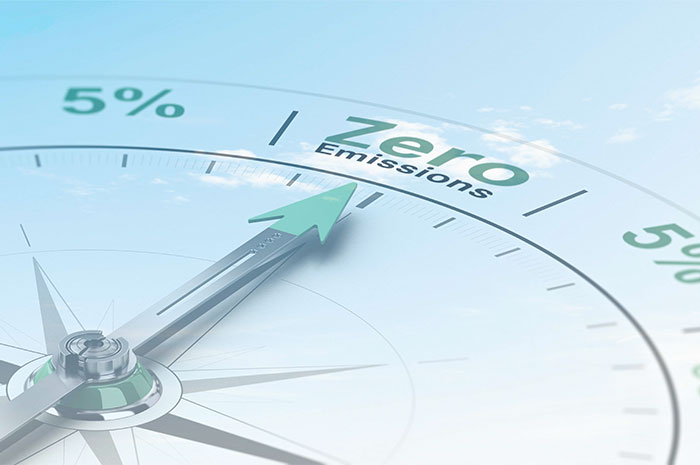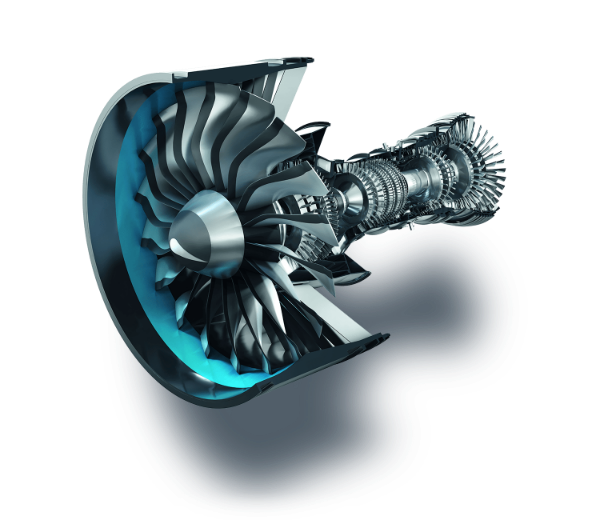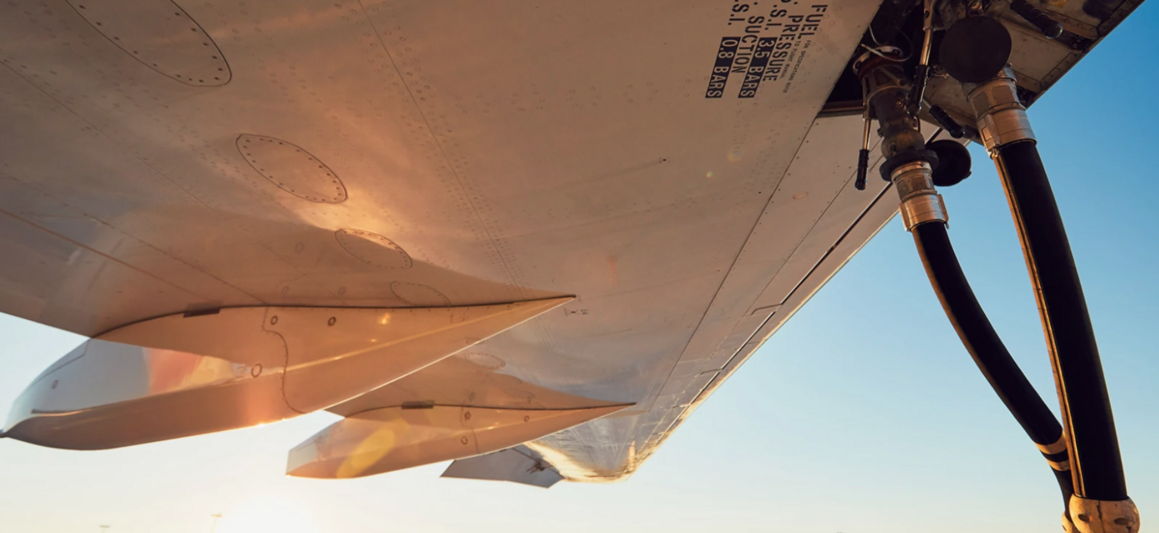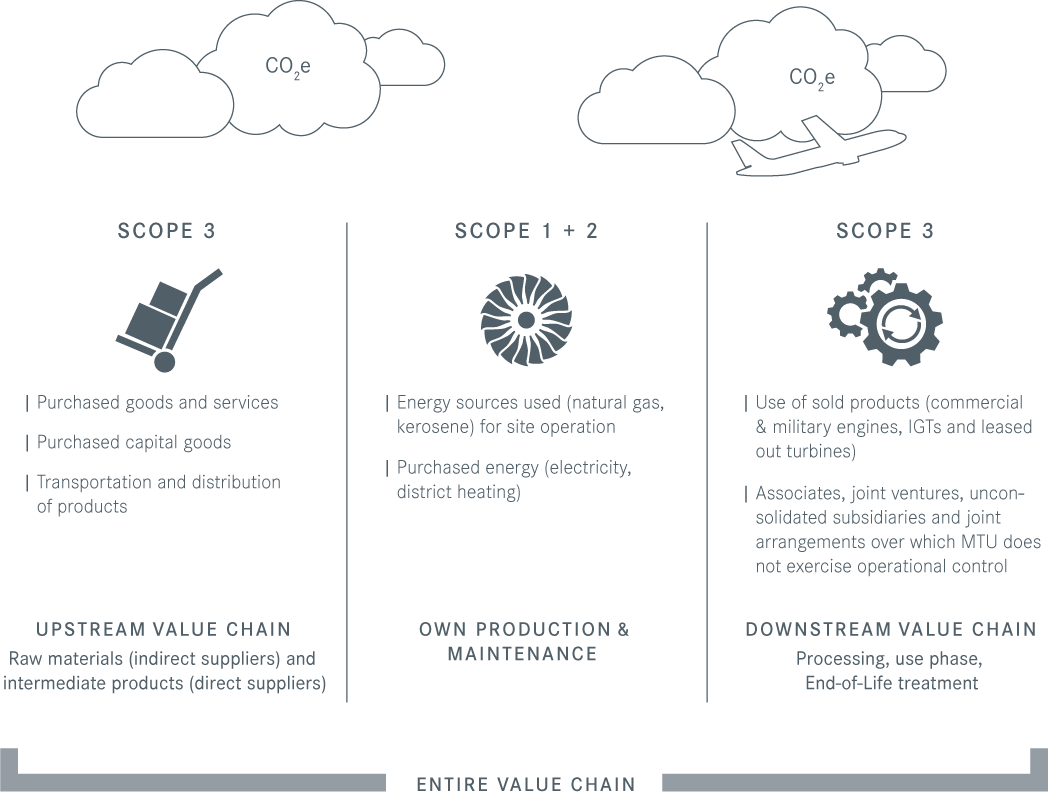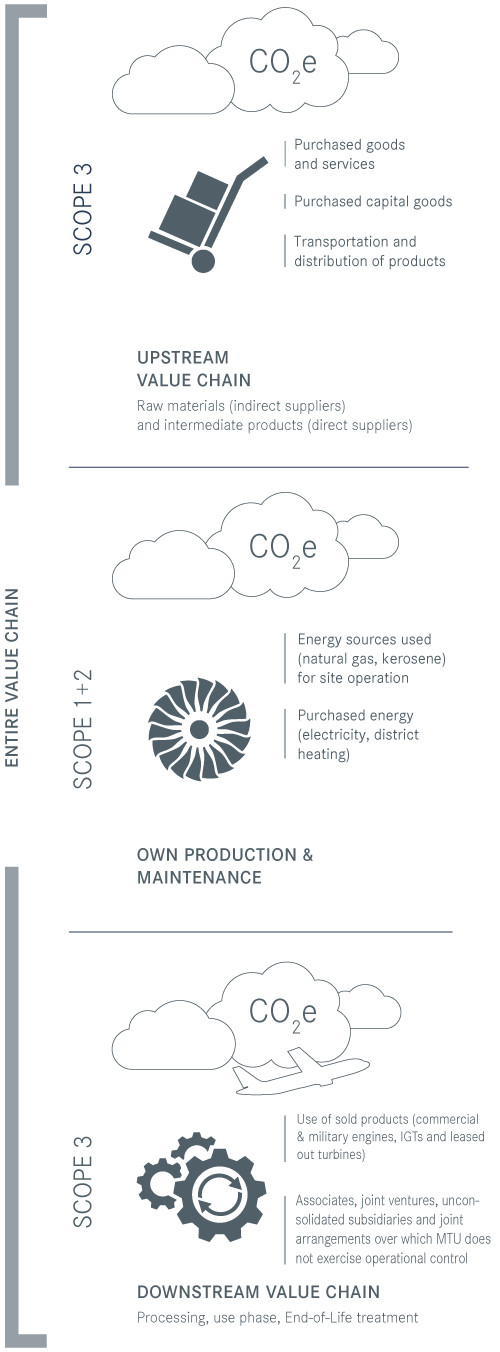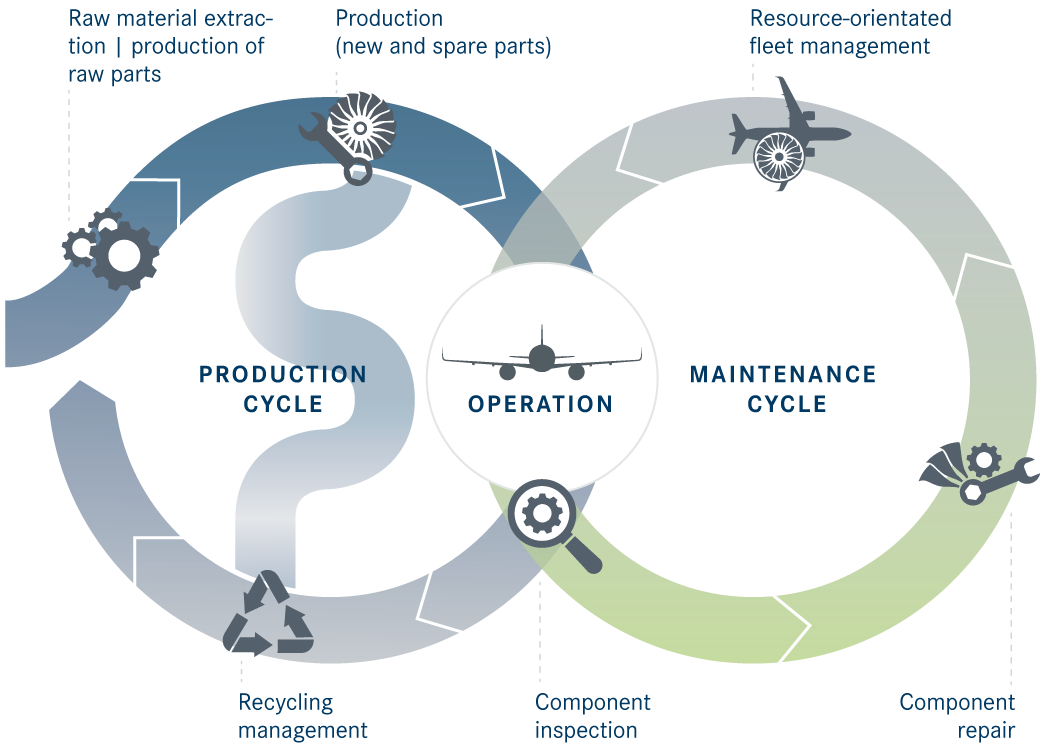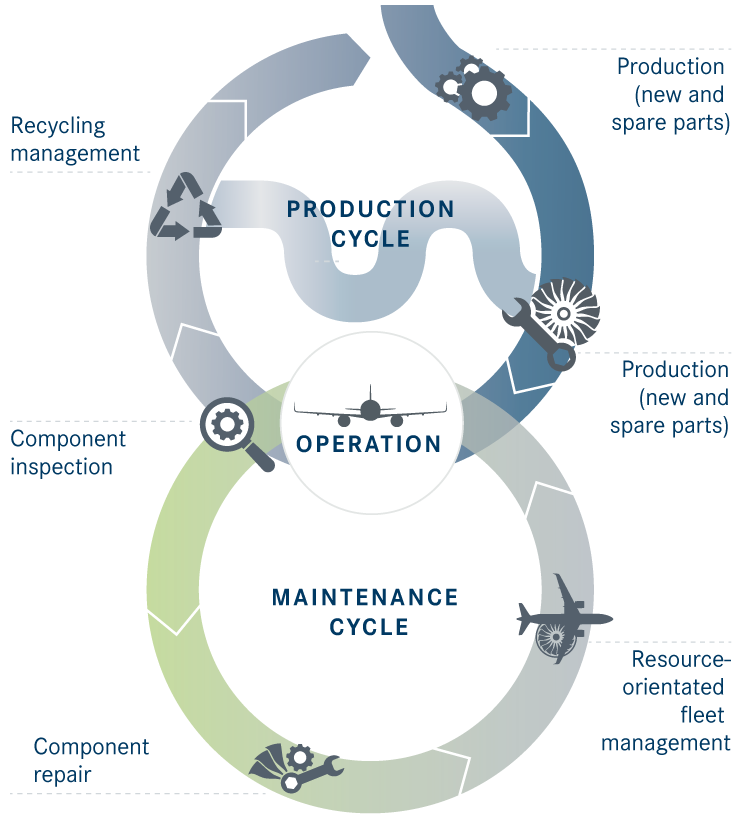Less is more
At MTU, we’re pursuing a clear course: cleaner, quieter, more economical. Therefore, we focus on innovative technologies and concepts for commercial propulsion systems and service solutions that make aviation more sustainable. We’re also continuously reducing our emissions in production and maintenance and switching to low-emission power generation. Our Smart Repair and Reuse approach in maintenance, repair, and overhaul (MRO) promotes the principle of the circular economy by extending the service life of products, making efficient use of resources, and minimizing waste. We take our responsibility—both for the product itself as well as for its development, manufacture, and maintenance—very seriously, which is how we’re playing our part in achieving the climate target set out in the Paris Agreement.


